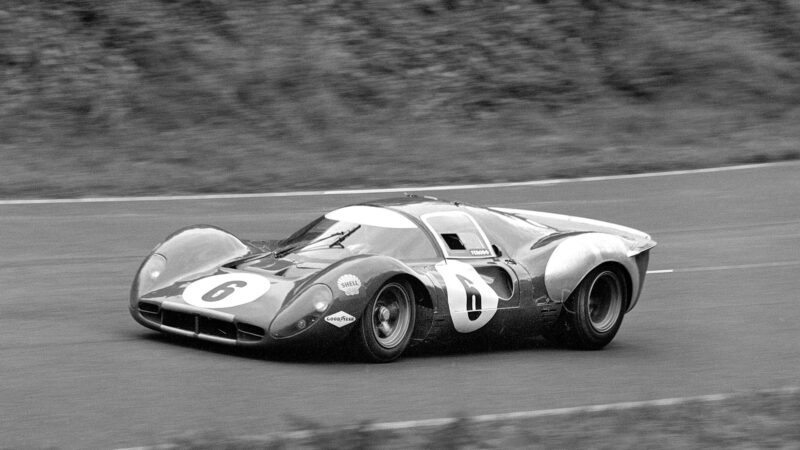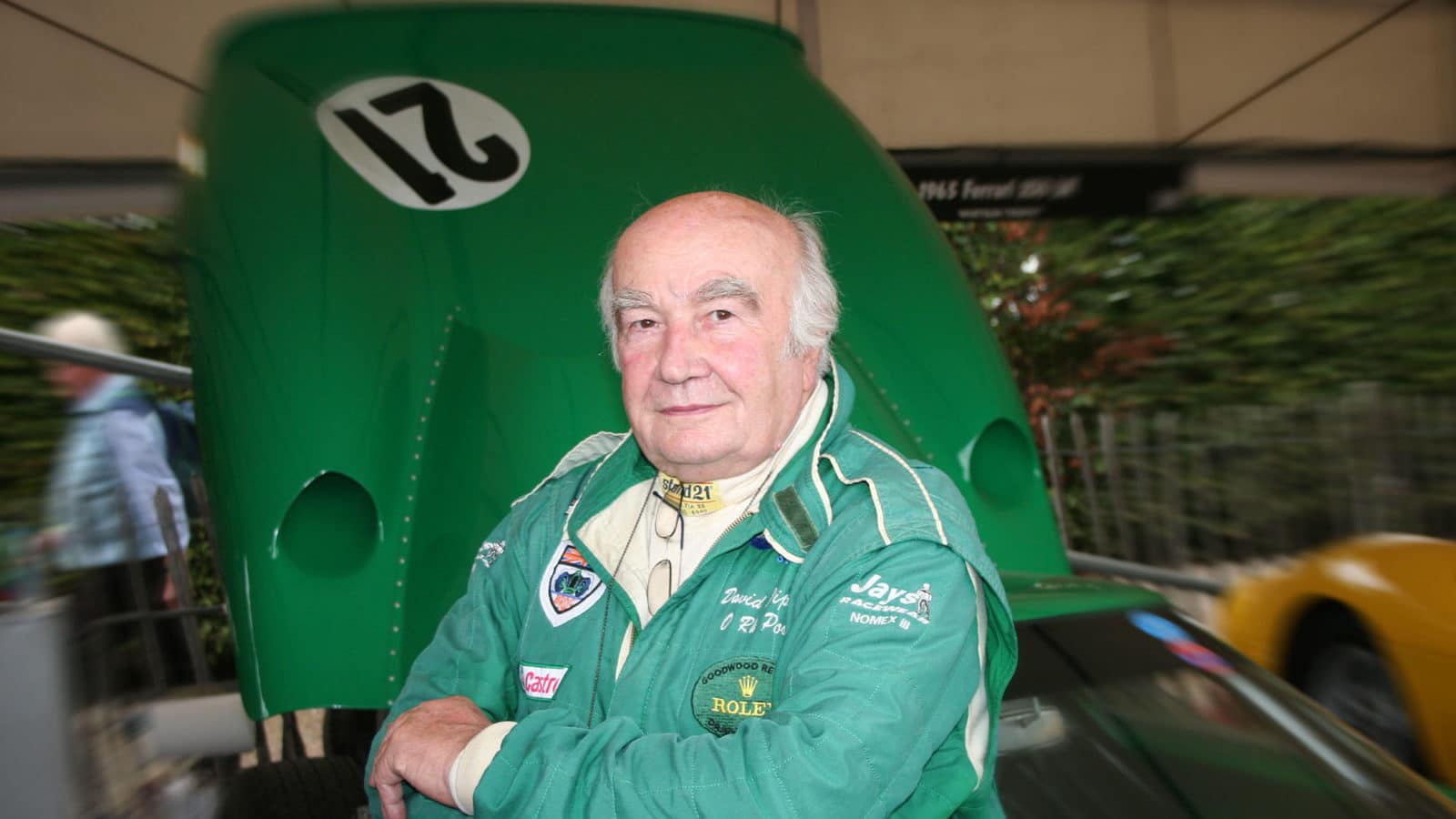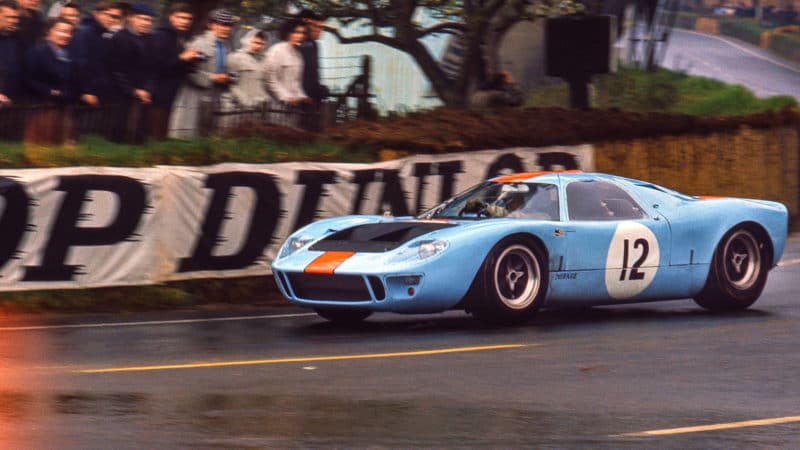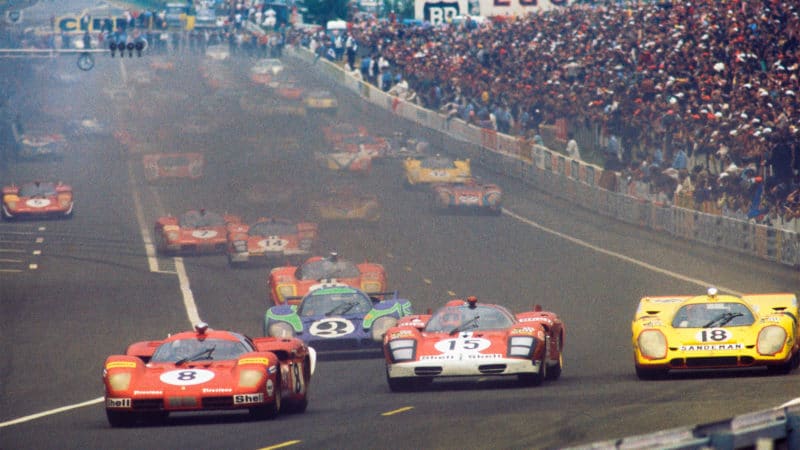All he had now was the Lotus, £25 and the promise from Alfred ‘Pa’ Moss of a job on his farm.
“We didn’t see much of Stirling, he was a big cheese by then. But his sister Pat kept her horses there and Alf Francis looked after the grey Maserati 250F that Stirling raced. One day Ken Gregory [Moss’s manager] and Jack Brabham came by to look at the Maser. Jack stayed in my digs. Nobody knew him from a bar of soap. He was just a speedway racer from Australia.”
A year later David bought a Lotus XI sports car from Chapman and went racing around Europe, sleeping rough in the straw bales that lined the tracks and getting by on the starting money. Another chance meeting, this time with dealer and racer Dan Margulies, led to a drive in the Targa Florio in the latter’s C-type Jaguar.
“We drove it down, took the cattle boat to Palermo, and ended our race on three Dunlops and a Pirelli because we’d had a puncture. I remember Peter Collins roaring past going through Collesano, the megaphones of his Ferrari blaring. He gave me a cheery wave and a blast on the air-horns, and I thought to myself ‘I must get a Ferrari one day’. ”
That wish still seemed very distant, though. Back home, David worked for Vauxhall Dealer Deliveries in Luton, ferrying cars to and from the docks, and for the Gas Board, delivering cookers in Harpenden.

At the wheel of Ferrari 275 GTB at Paris 1000Km
DPPI
“I was learning about being a private entrant,” he laughs. “I traded up to a newer Lotus XI, and made my first visit to Le Mans [in 1958], as third driver to John Young and Maurice Charles in their D-type Jaguar. An early crash put them out – but I was hooked on that race.”
More of Le Mans – David’s nemesis – later. Less well known are his forays into single-seater racing. He ran his Lotus 16 in 1.5-litre F2 form in 1959, making his GP debut with it at Aintree – he retired with a blown head gasket – and finishing second in the F2 Flugplatzrennen at Zeltweg. But he was using 2.5 litres of Coventry Climax when he finished runner-up to Brabham’s Cooper in the Lady Wigram Trophy in January 1960. That year he also used the 16 to finish 12th in the British GP at Silverstone.
But sports car racing throughout the 1960s was how and when David became one of the most prolific, successful and well-known privateer racers, mainly in a succession of unmistakeable bright green Ferraris.



